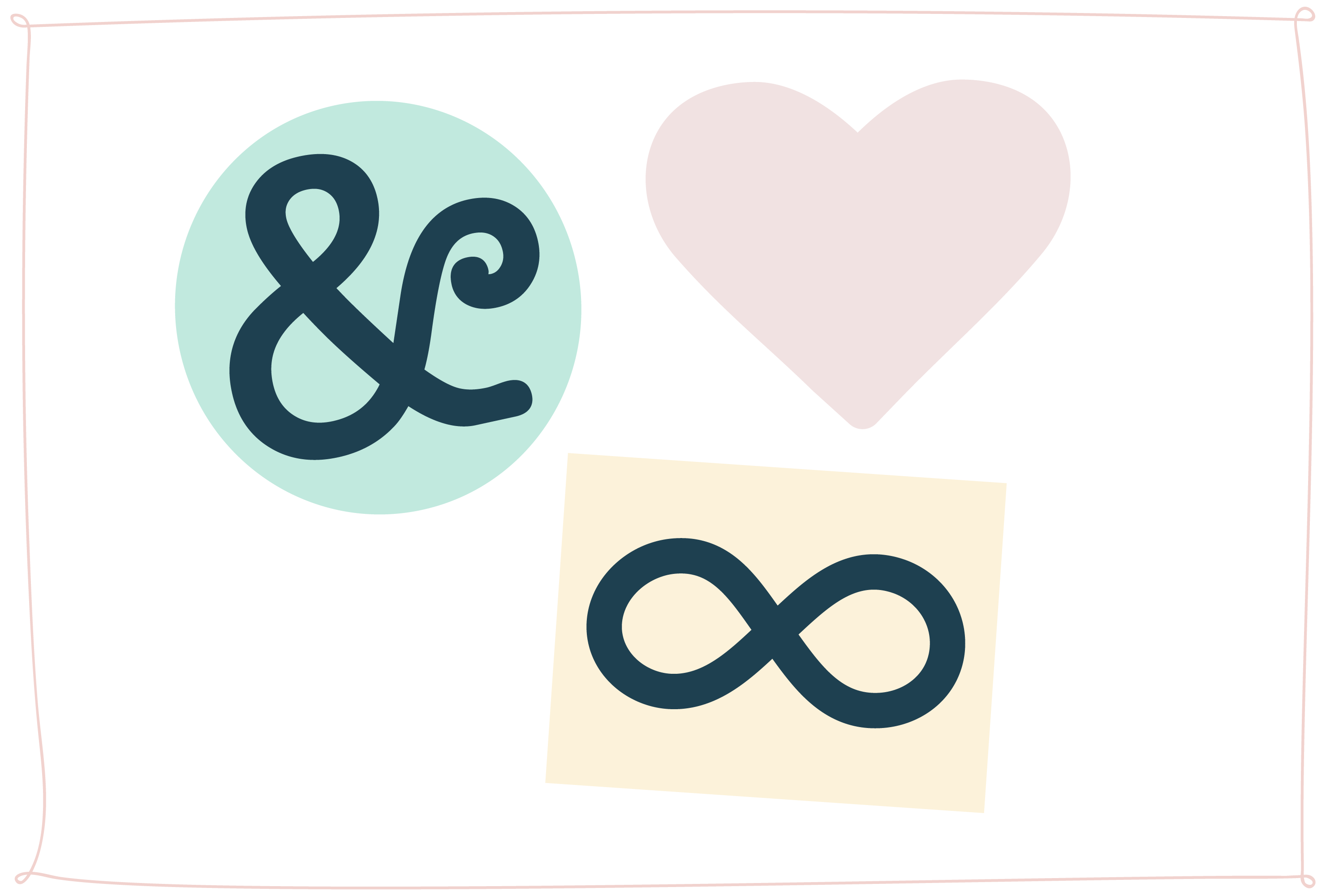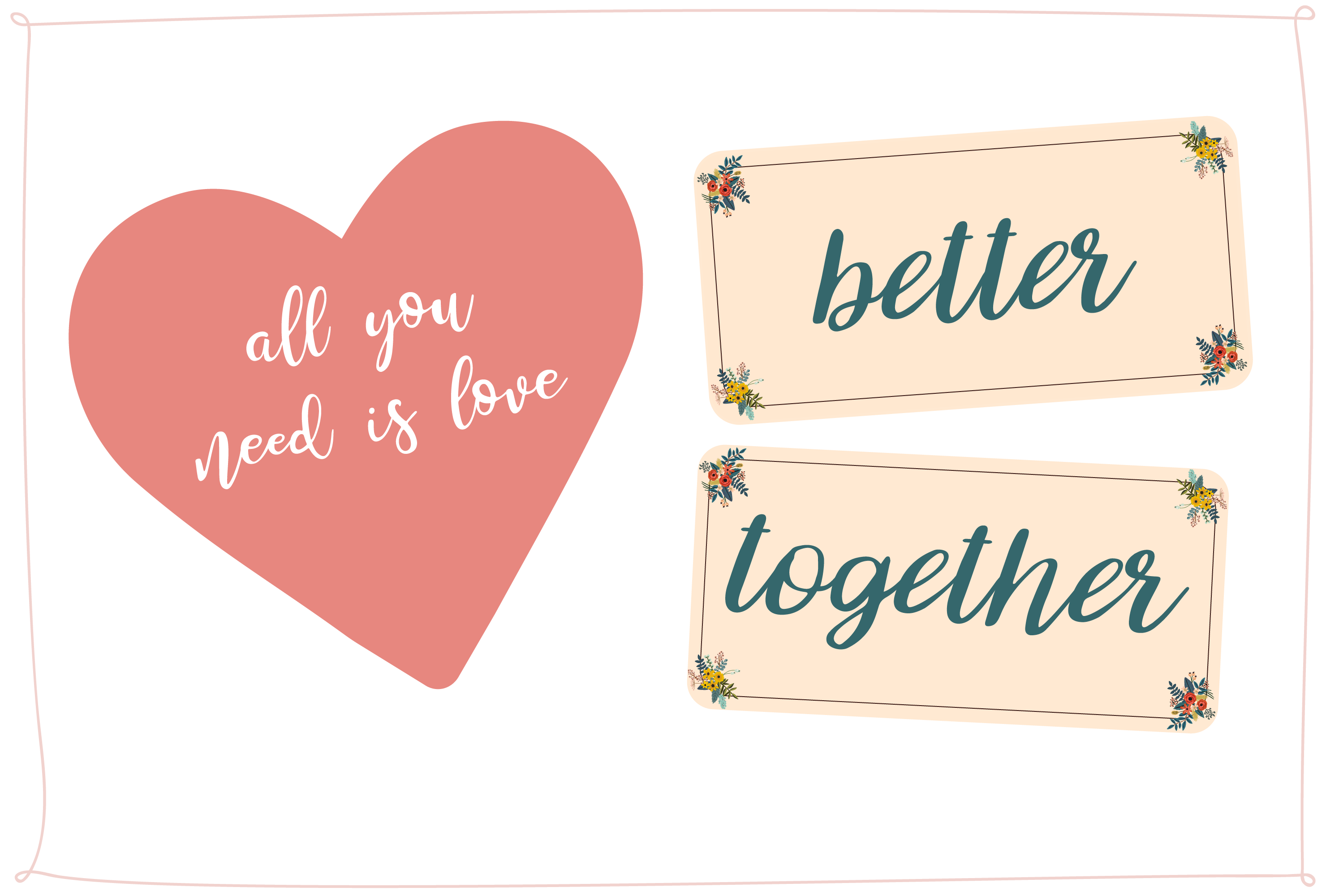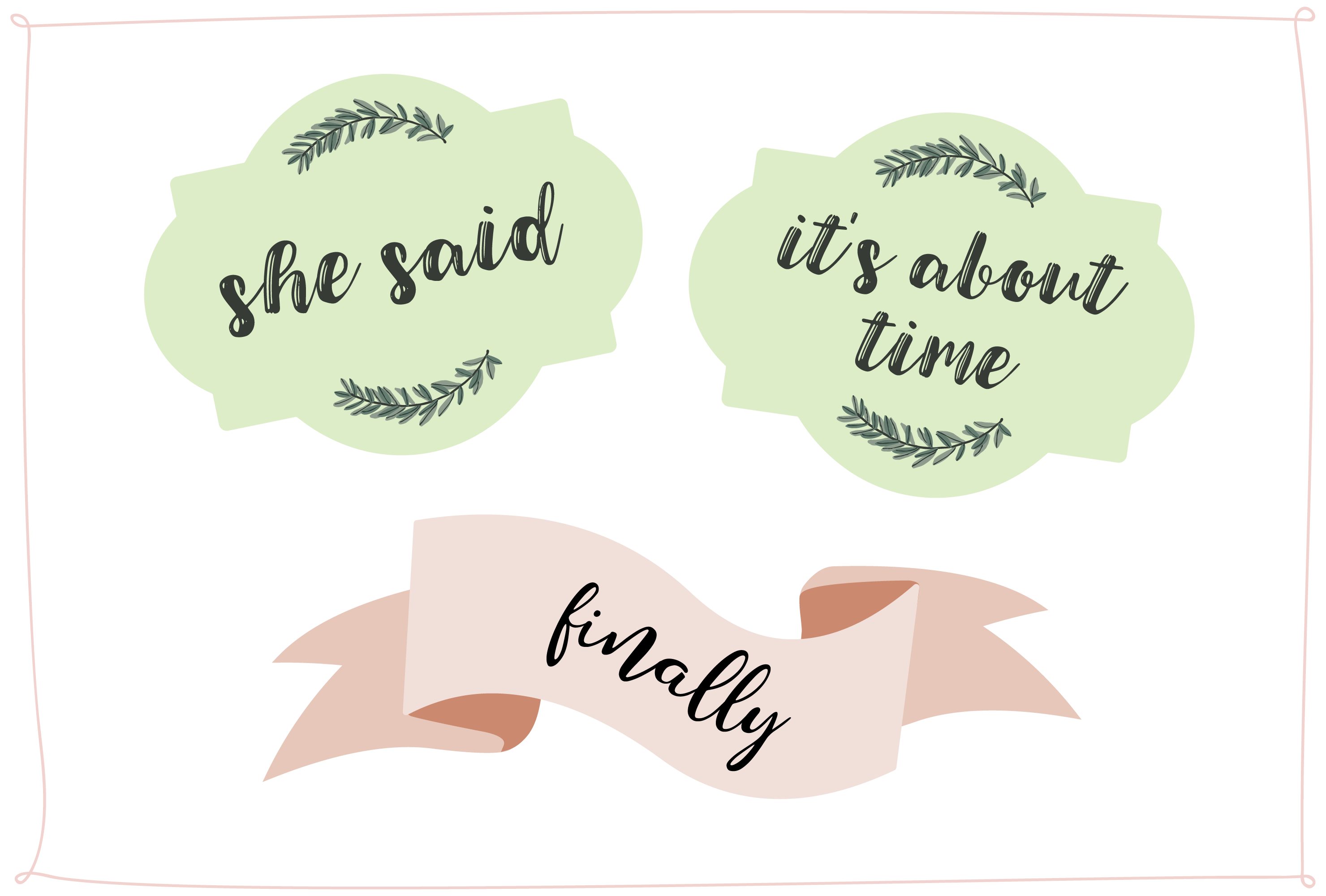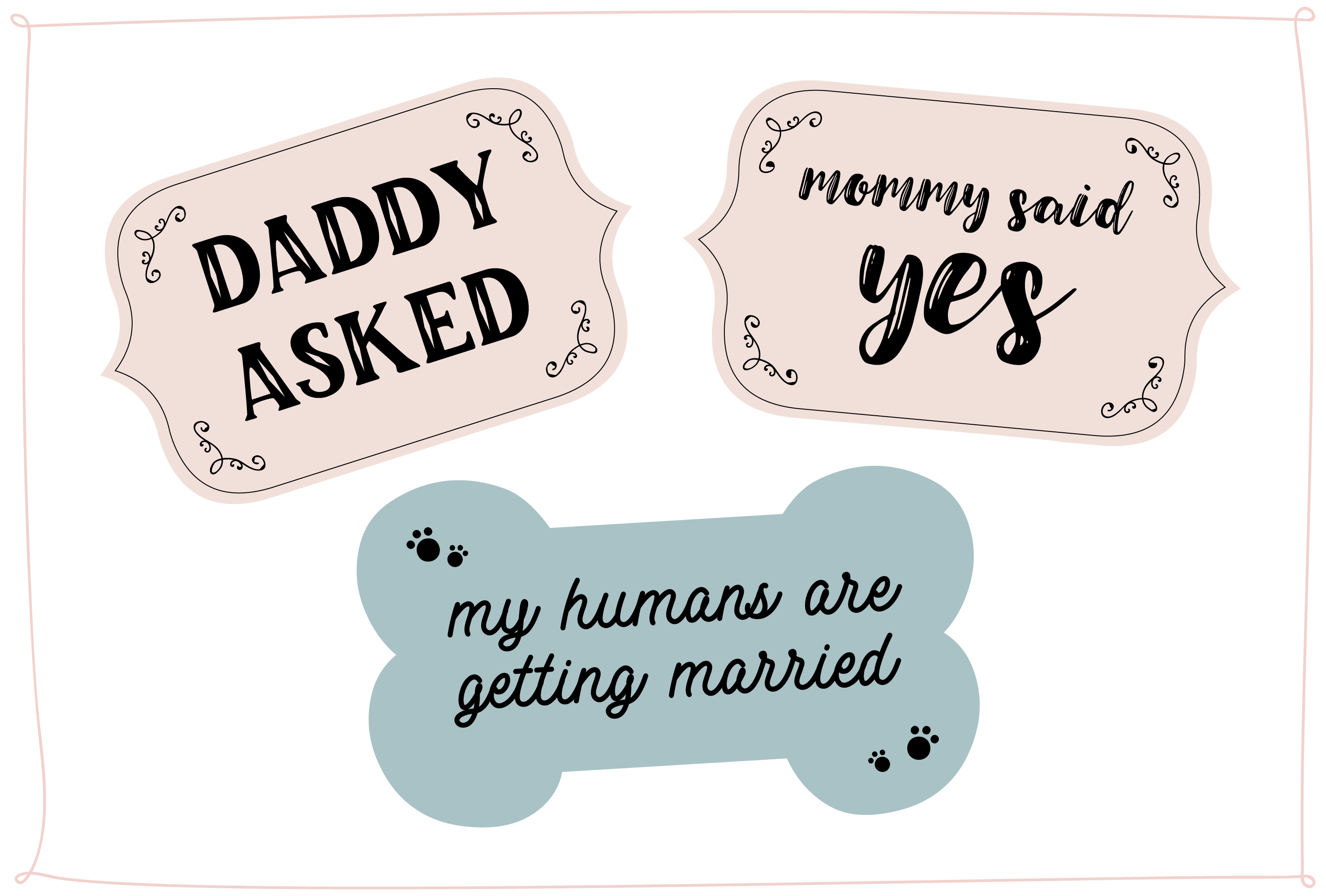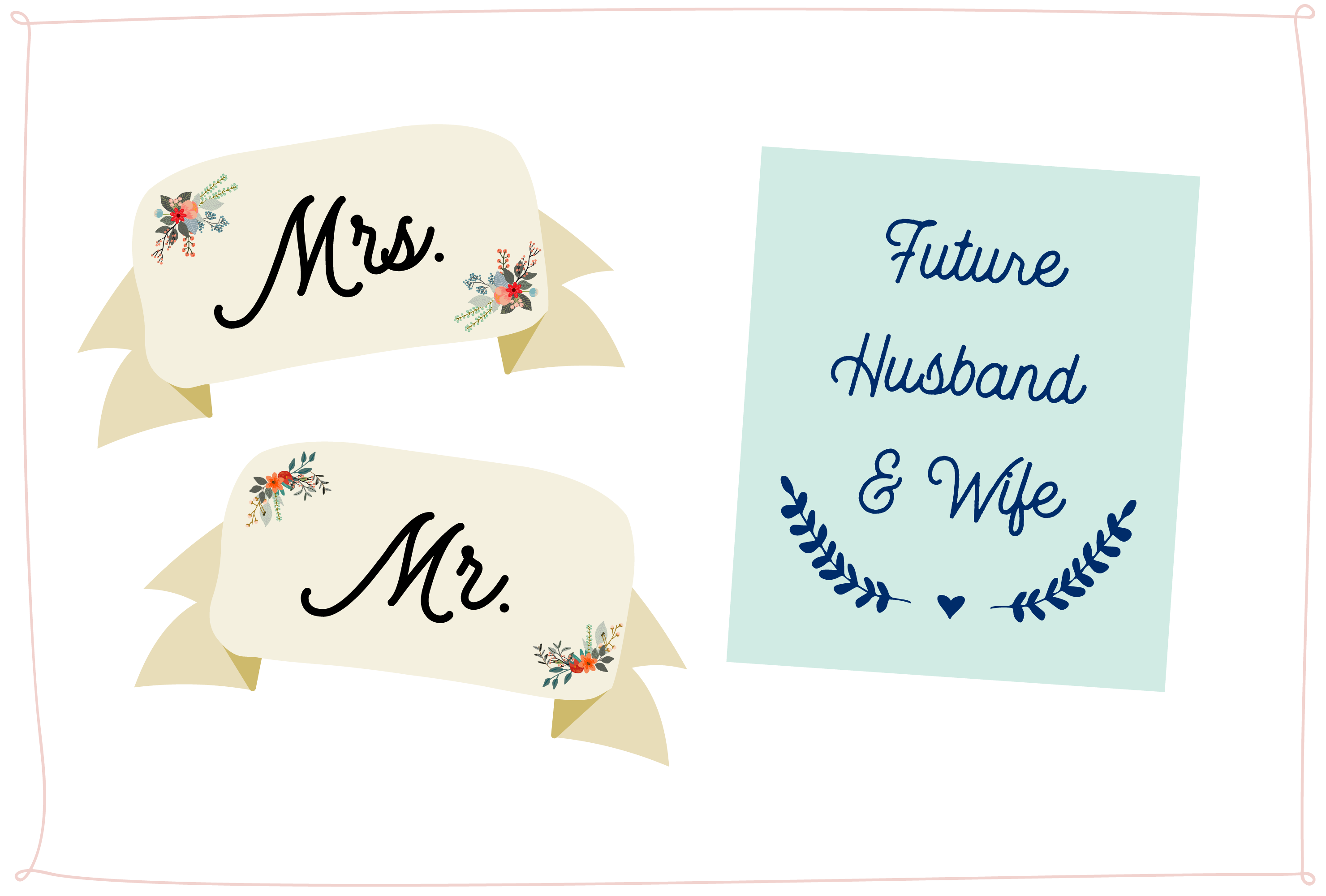Have you ever noticed how beautiful, detailed and amazing the artwork and illustrations in children's story books are? I know my kids have definitely noticed! There are times I am done reading the current page of a story, ready to flip to the next page but they aren't done "looking" at it! I can't blame them! I too can get completely lost in the pictures, daydreaming what it might be like sowing seeds like Ms. Rumphius or picking berries on the side of a hill with Mother in Blueberries for Sal.
 |
| Amazon |
 |
| Amazon |
We also enjoy story book illustrations that have hidden pictures or objects in them such as Good Night Moon. Do you look for the mouse in the colorful illustrations like we do? Or how about finding the spider and grasshopper when you read any of Mercer Meyer's Critter books?
 |
| via: Amazon |
For children who haven't yet learned how to read, the illustrations in a book tell the story to them. My youngest who is just learning how to sound words out always goes to bed with a pile of story books in his bed to "read" before he falls asleep. I'm always amazed at how much of the story he figures out just by reading the pictures. I love to hear his version of a story before I actually read it to him.
How To Teach Your Child About Art With Children's Storybook Illustrations & Artwork
The illustrations and the artwork in the story books you read to your child provide a lot of opportunities for you to talk to them about colors, texture, line and various media the illustrator used to create the picture. This might sound a little over their heads but if you bring it down to their level and keep it simple your child will grasp these concepts.
Texture
For example, when you read The Hungry Caterpillar by Eric Carle to your child talk to them about the texture of the fruit the caterpillar eats then go grab some real fruit and let your kids feel the texture of an orange and strawberry or plum and compare it to the pictures in the book. If you are really feeling adventurous pour a little paint on a paper plate, dip the fruit in the paint and then use it as a stamp on some paper. Can you see the seeds from the strawberry or the texture of the orange skin? (warning - don't eat the fruit that you used as a paint stamp!)
Check out this great tutorial from Rythms of Play on how to make citrus fruit art stamps.
 |
| from Rhythms of Play |
Line
Great artists studied other great artists before they became great! Part of the process of studying art is to try to recreate what you see. For little ones, start with crayons! Keep it simple. Read the book Harold and the Purple Crayon by Crockett Johnson and then pull out a box of crayons and let your little one explore lines with their own purple crayon. Encourage your child to explore lines by pressing the crayon harder onto the paper and then putting just a light pressure on the crayon while drawing. The results might surprise your child.
I used this great art book, How to Teach Art to Children by Evan-Moor to teach my kids about line and other elements of art. I highly recommend this book and just loved that the concepts were simply explained and included simple projects for the child to practice what they just learned. Everything is laid out and ready for you to just read to your child.
 |
| find it HERE |
Color
You don't have to look far to find colorfully muted or black and white or vibrantly colored pictures in children's storybooks because they are full of them! I love teaching my kids about color and watching them figure out how the three primary colors can be mixed to make other new colors. It is so much fun to play with color! Let your child experiment with color by allowing them to use water color paints to show how colors can be muted and less vibrant then have them paint with washable acrylic paints that have a rich vibrant color. Mixed media art is fascinating for young budding artists.
I found this great paint mixing art project over at Munchkins and Moms inspired by the book The Mixed Up Chameleon by Eric Carle.
 |
| credit: Munchkins and Moms |
Studying these three basic art elements with your child is fun and educational. Storybook art is a great springboard to get you started and provides a ton of inspiration.
5 Inspiring and Colorful Children's Storybooks
Looking for some inspiring children's books that are full of beautiful artwork and illustrations? I have made it easy for you by compiling a list of books for you to start with. If you don't already have these books on your child's bookshelf you can always find them on Amazon or borrow them from your local library.
#1 Corduroy by Don Freeman
#2 The Little Engine That Could by Watty Piper
#3 The Rainbow Fish by Marcus Pfister
#4 The Very Hungry Caterpillar by Eric Carle
#5 The Mitten by Jan Brett
Of course there are many (MANY) more books that could be added to this short list! It is so hard to narrow down the list. What are your favorite children's storybooks that have amazing pictures? Please share in the comments.
Why Reading to Your Child is Important
Ever wonder why it is so important to read to your children? Get the answers HERE as well as useful advice on how parents can fit reading into a busy schedule.

























